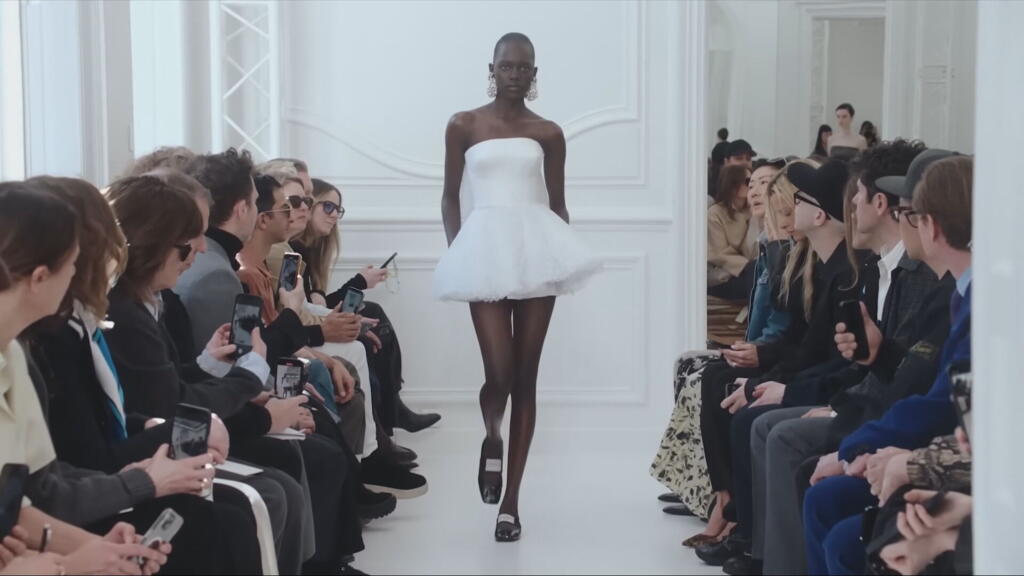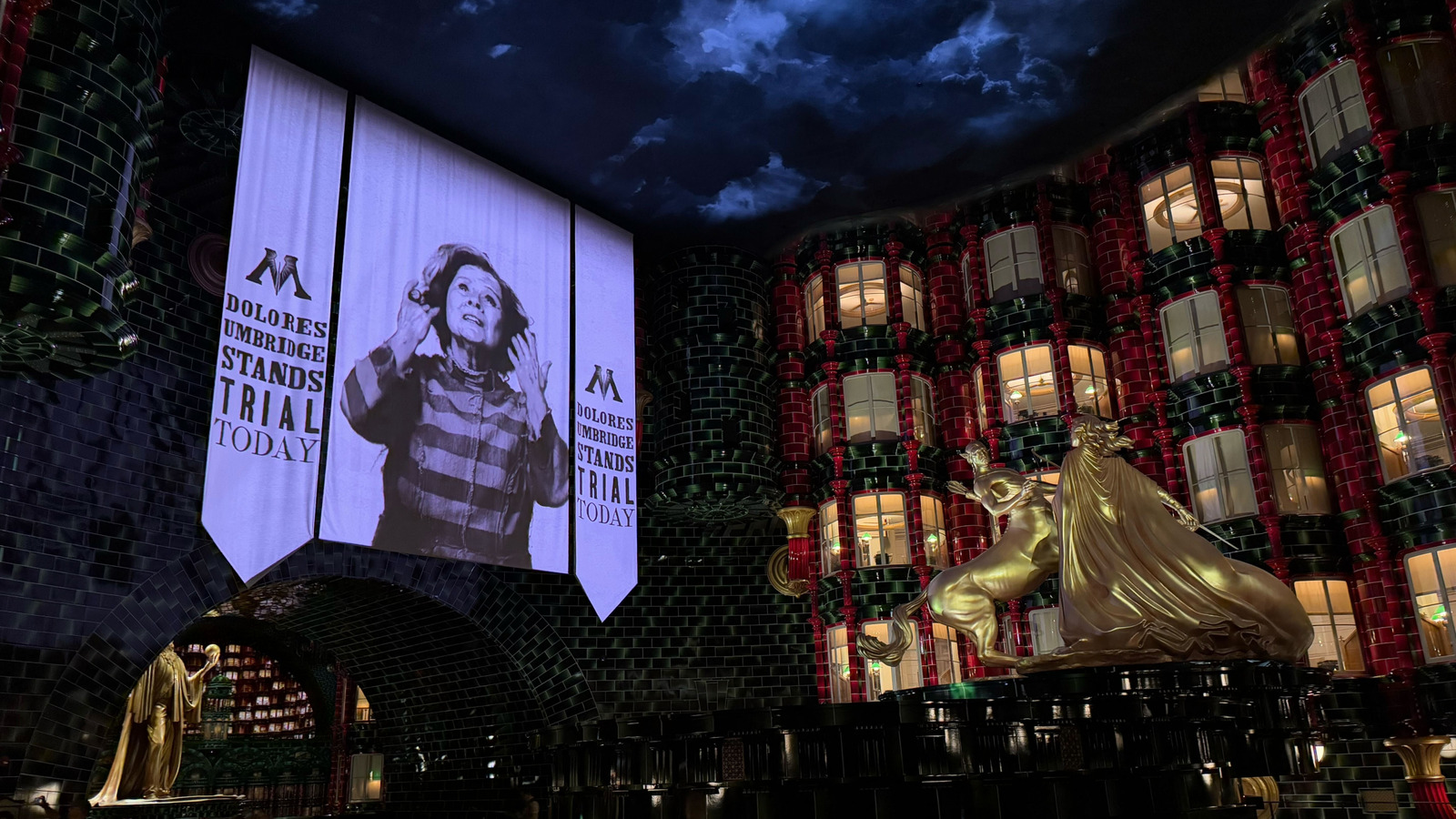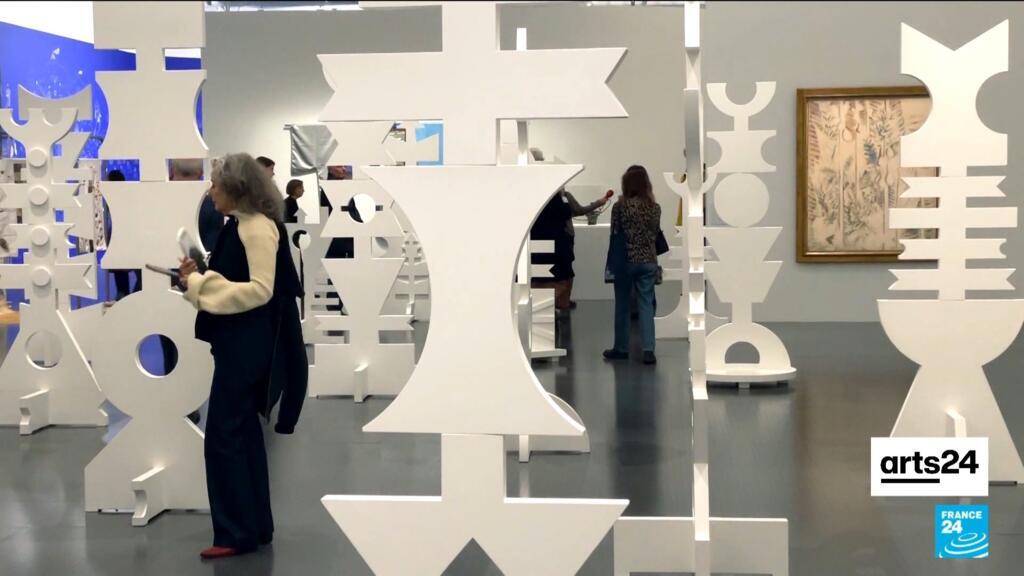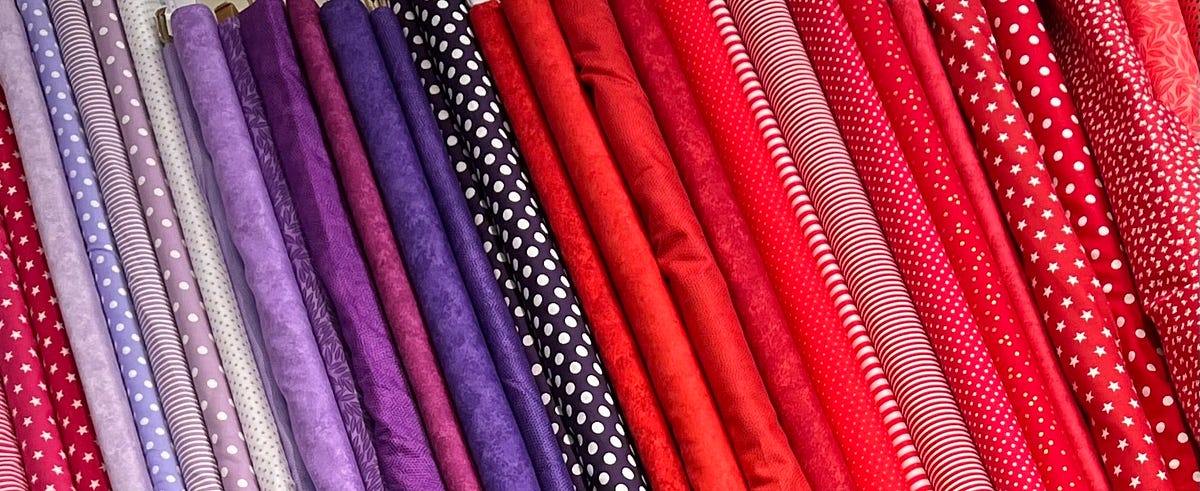How the Nazis Waged Struggle on Trendy Artwork: Contained in the “Degenerate Artwork” Exhibition of 1937
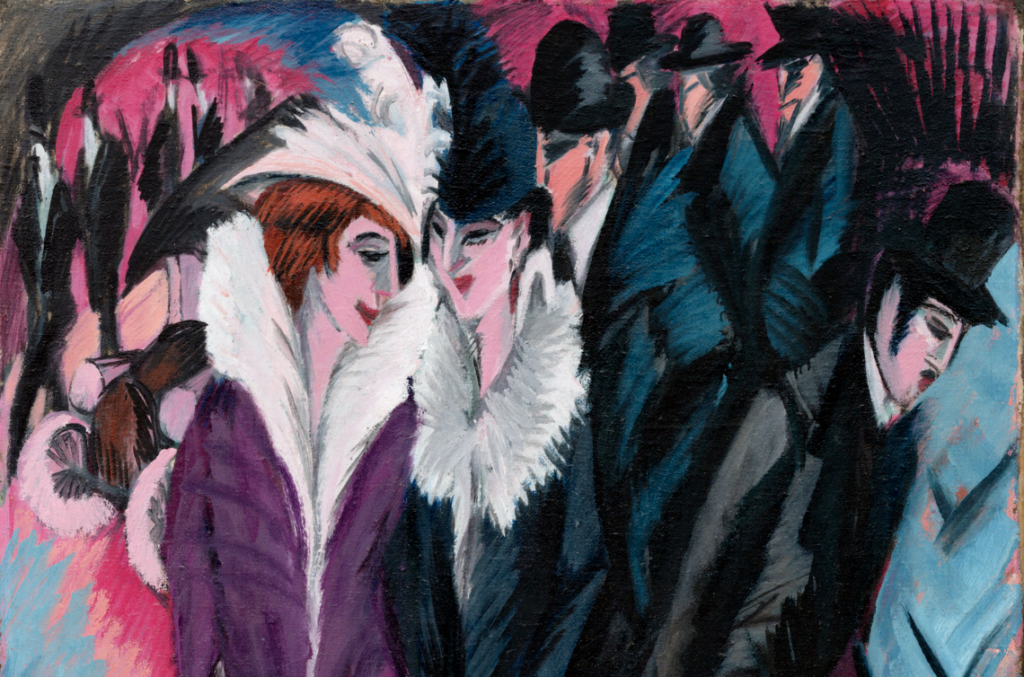
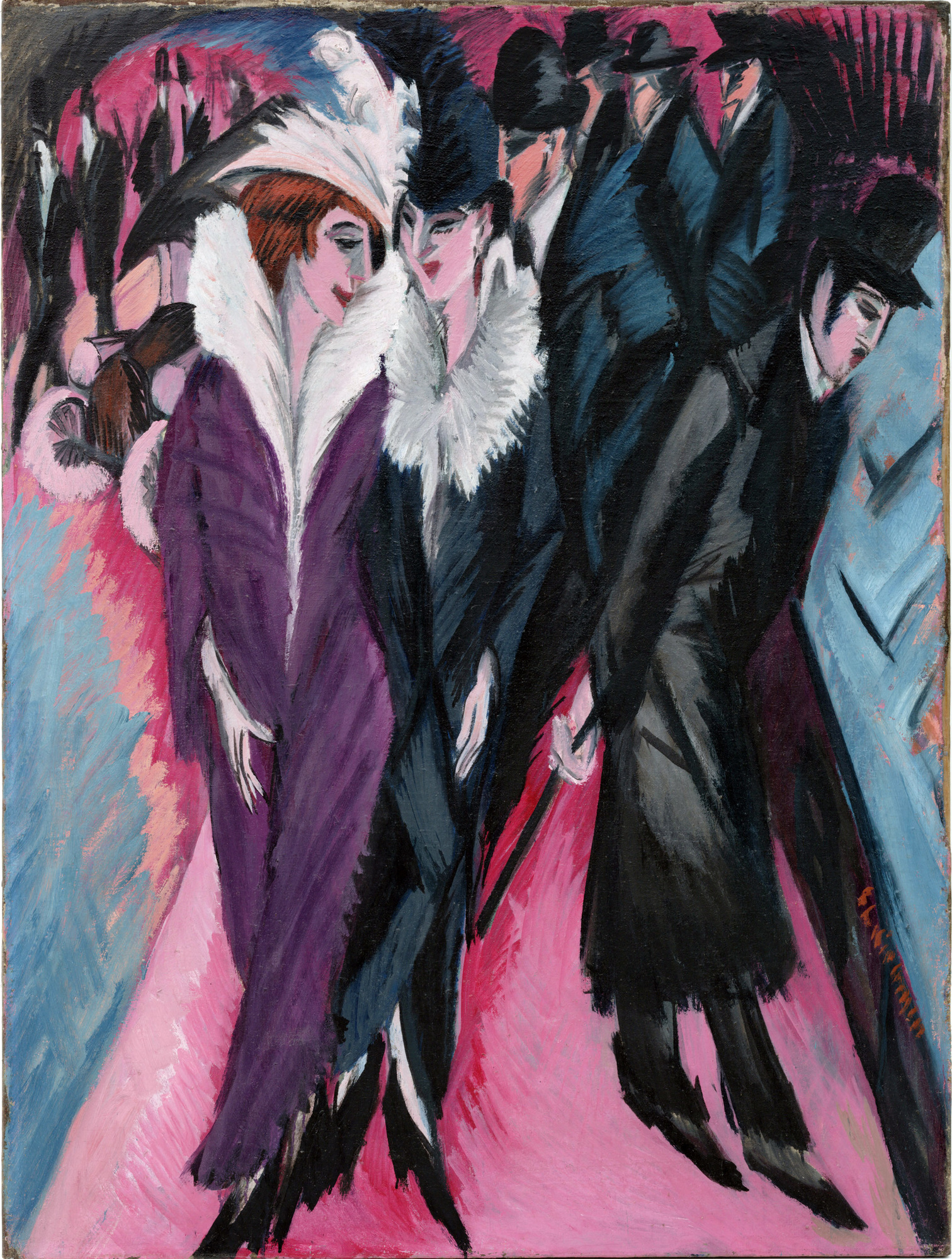

Earlier than his destiny­ful entry into pol­i­tics, Adolf Hitler need­ed to be an artist. Even to probably the most neu­tral imag­in­in a position observ­er, the identified examination­ples of the esti­mat­ed 2,000 to three,000 paint­ings and oth­er artworks he professional­duced in his ear­ly grownup­hood would laborious­ly evi­dence aston­ish­ing genius. They do present a cer­tain tech­ni­cal com­pe­tence, espe­cial­ly the place construct­ings are con­cerned. (Twice reject­ed from the Acad­e­my of Wonderful Arts Vien­na, the younger Hitler was suggested to use as a substitute to the Faculty of Archi­tec­ture, a sub­ject for which he additionally professional­fessed a pas­sion.) However their lack of imag­i­na­tion and inter­est in human­i­ty have been too plain to disregard.
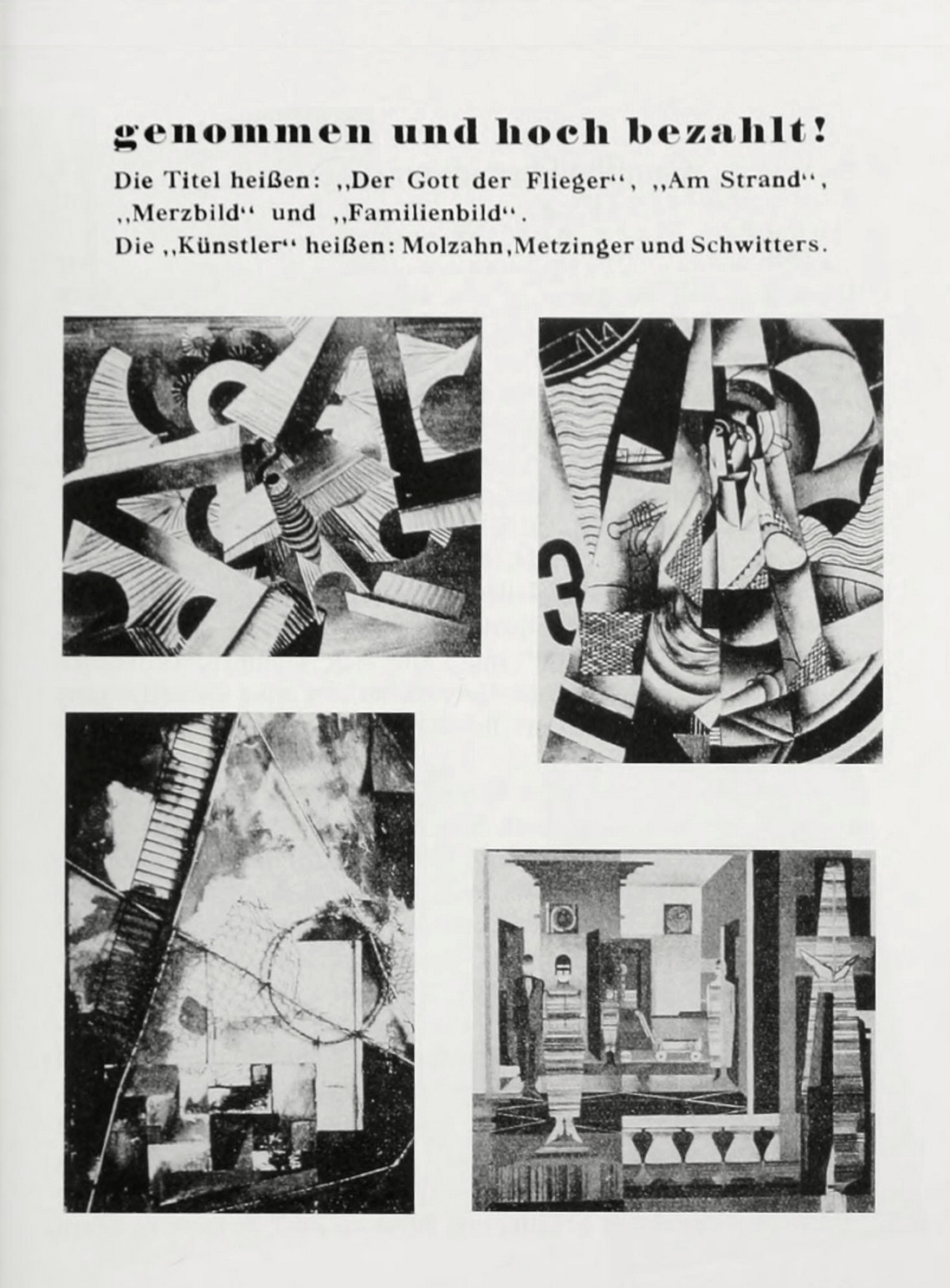

May Hitler’s fail­ure to realize entry to the artwork world clarify any­factor in regards to the cul­tur­al pol­i­cy of the Nazi Par­ty he went on to guide? Right here on Open Cul­ture, we’ve pre­vi­ous­ly fea­tured that pol­i­cy’s sin­gle defin­ing occasion: Die Ausstel­lung “Entartete Kun­st,” or the Degen­er­ate Artwork exhi­bi­tion, staged in 1937 on the Insti­tute of Archae­ol­o­gy in Munich’s Hof­garten.
Pre­despatched­ing 650 con­fis­cat­ed artworks pur­port­ed to “insult Ger­man really feel­ing, or destroy or con­fuse nat­ur­al type or sim­ply reveal an absence of ade­quate man­u­al and artis­tic talent,” it quickly turned an important hit, entice­ing one mil­lion atten­dees in its first six weeks.
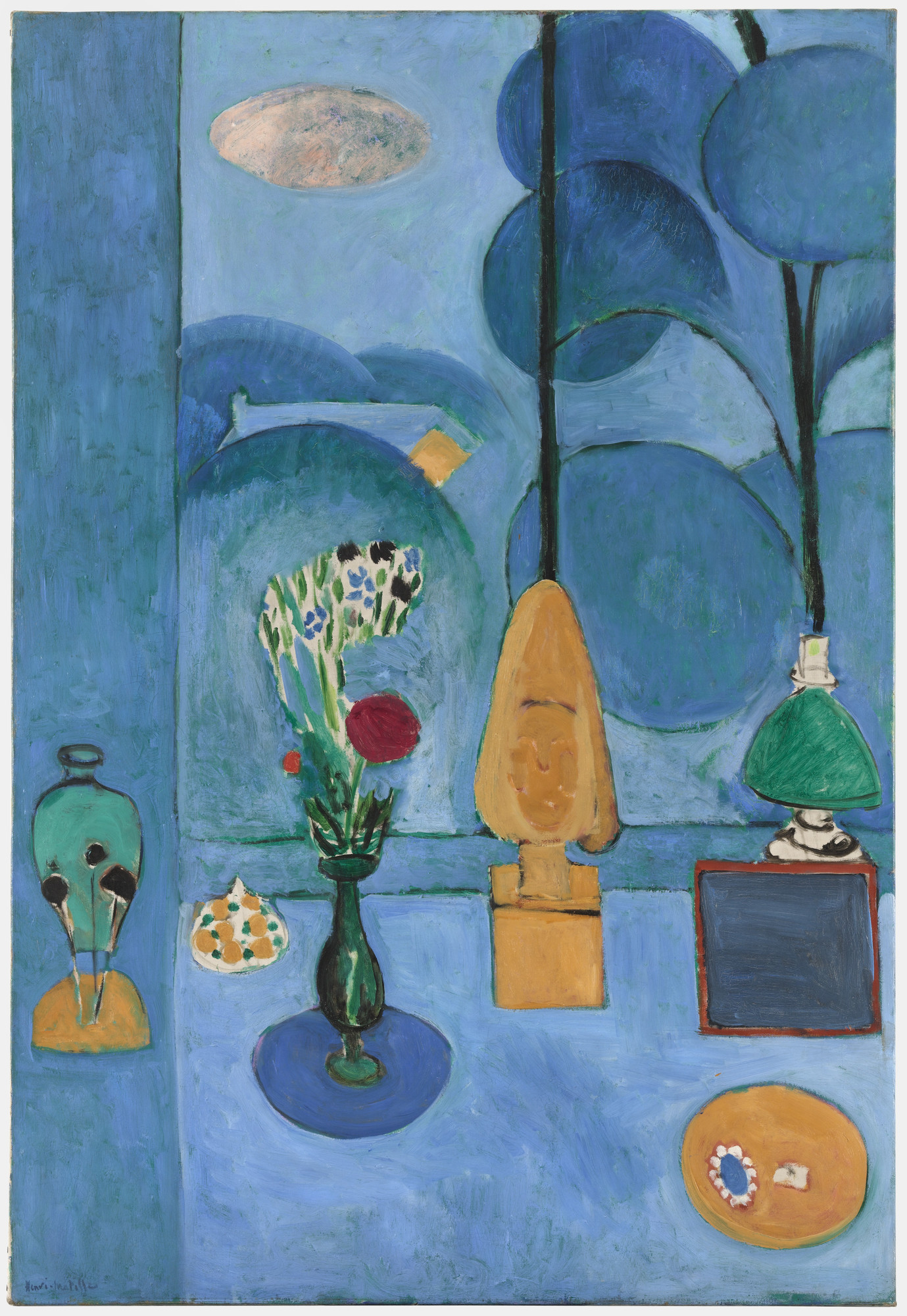

That will not come as a lot of a sur­prise if you con­sid­er the artists whose work was on dis­play: Paul Klee, Georg Grosz, Otto Dix, Hen­ri Matisse, Pablo Picas­so, Wass­i­ly Kandin­sky, Piet Mon­dri­an, Marc Cha­gall, and even Grant Wooden, to call only a few. Evidently the Nazis may provide you with noth­ing fairly so fas­ci­nat­ing for the deliberate first Große Deutsche Kun­stausstel­lung, or “Nice Ger­man Artwork Exhi­bi­tion,” whose col­lapse impressed Hitler’s chief professional­pa­gan­dist Joseph Goebbels to sug­gest placing on a present not of the work that the Nazis authorized, however of the work they didn’t.
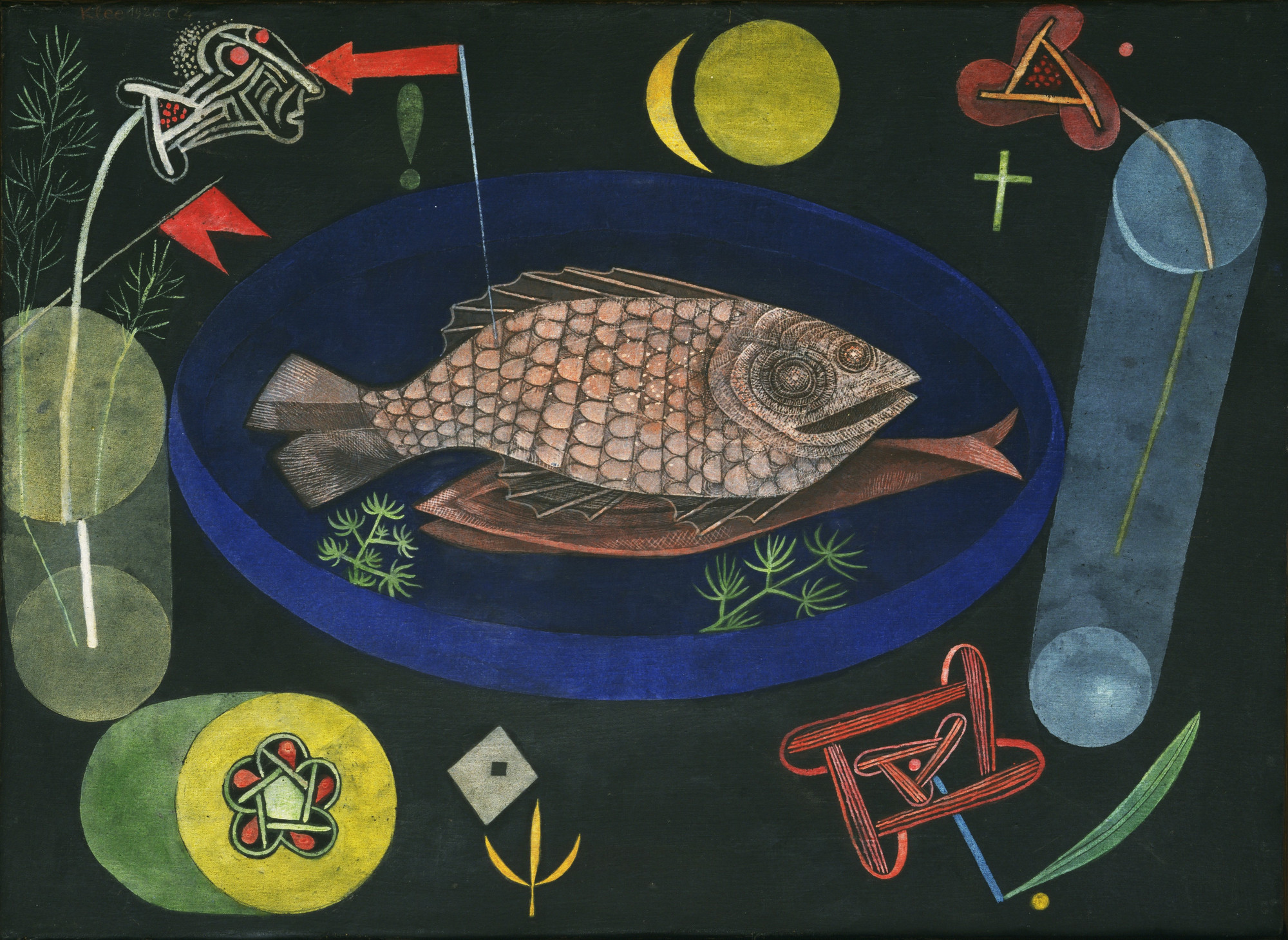

An admir­er of cer­tain Expres­sion­ists, Goebbels dis­performed extra cul­tur­al open-mind­ed­ness than the Führer, who prac­ti­cal­ly declared a warfare on mod­ern artwork itself. You possibly can be taught extra about it from David Gru­bin’s doc­u­males­tary Degen­er­ate Artwork, which is avail­in a position to watch on-line. The Nazis con­fis­cat­ed greater than 5,000 artworks, and even most important­tained recordsdata on no few­er than 16,000 that they’d labeled “degen­er­ate,” a his­toric inven­to­ry that has been made avail­in a position to the pub­lic. Sur­pris­ing­ly, their black­record didn’t embody the oeu­vre of Gus­tav Klimt, which they try­ed to make use of for their very own ends. It might be that, deep down, Hitler, the failed artist, knew good artwork when he noticed it — and that it simply made him all of the extra resent­ful.
Relat­ed con­tent:
When the Nazis Declared Struggle on Expres­sion­ist Artwork (1937)
How the Avant-Garde Artwork of Gus­tav Klimt Bought Per­verse­ly Appro­pri­at­ed by the Nazis
How France Hid the Mona Lisa & Oth­er Lou­vre Mas­ter­items Dur­ing World Struggle II
Based mostly in Seoul,¬ÝCol¬≠in¬ÝMarshall¬Ýwrites and broad¬≠casts on cities, lan¬≠guage, and cul¬≠ture. His tasks embody the Sub¬≠stack newslet¬≠ter¬ÝBooks on Cities¬Ýand the e-book¬ÝThe State¬≠much less Metropolis: a Stroll by means of Twenty first-Cen¬≠tu¬≠ry Los Ange¬≠les.¬ÝFol¬≠low him on the social internet¬≠work for¬≠mer¬≠ly often known as Twit¬≠ter at¬Ý@colinmarshall.


